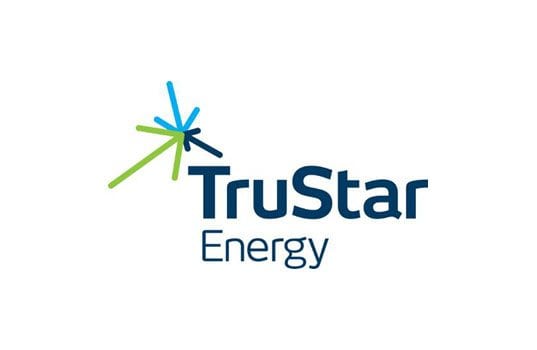TruStar Energy, a national leader in development of Compressed Natural Gas fueling infrastructure, has won the bid to design and construct the County of Sacramento’s first Compressed Natural Gas (CNG) fueling station. The combination time fill/fast fill station will be used primarily to provide fuel for their refuse fleet, but will also have a fast-fill dispenser to allow other county vehicles to fuel up.
While the county has been utilizing liquid natural gas (LNG) since 2004, CNG provides economic benefits that make the switch a prudent decision, said County of Sacramento Department of Waste Management and Recycling Superintendent Chris Celsi.
“We have two yards that we operate out of – but only one LNG station which forces us to fuel a large bulk tanker that we affectionately call ‘Orca’, which then transports LNG to our second location, where our drivers will then line up to fuel,” said Celsi. “One of the big issues is we’re then paying our drivers to wait up to 45 minutes for their turn to fuel their vehicle. With the CNG station, our drivers simply plug their trucks in and walk away.”
The combined time fill/fast fill station will be configured to time-fill 40 vehicles simultaneously at night – when electrical power (that runs the compressors) is at its cheapest. The station will also have provisions for a fast fill dispenser, which will allow other County fleet vehicles to fill as needed.
Celsi said that the County doesn’t currently have a lot of CNG-powered fleet vehicles, but now that a CNG fueling solution is imminent, they will be aggressively seeking new natural gas-powered vehicles.
“Any time we can work with a municipality to develop CNG fueling infrastructure is an exciting time for TruStar Energy,” said TruStar Energy Vice President of Sales Scott Edelbach. “More and more cities and counties throughout the US are reaching out to us for a flexible solution – and we’re happy to develop strategies that work for them.” TruStar Energy plans to break ground sometime in the fourth quarter of 2014, and the station should be operational toward the end of March 2015.







